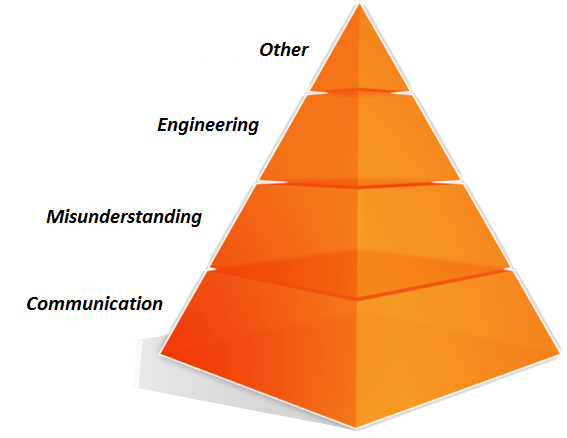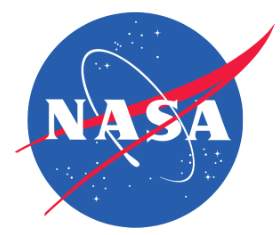
An accident is the one event that should be avoided at all cost. Unfortunately accidents still happen and when they do the damage is irreversible.
Not just costly material damage to transport equipment and heavy cargo but also damage to carefully built reputations, injuries and in the worst case loss of life.
The Works international carries out accident investigations and reports on the root causes. Over the past number of years in which The Works international has investigated multiple accidents a pattern has emerged. A pattern that is worrisome to say the least.

– Communication
The vast majority of all Heavy Transport & Lift accidents are caused by miscommunication or a lack of communication. Under this category falls the communication amongst field personnel on the job but also information from “sales to engineering”, “engineering to field” and “client to transport/lift company” that did not reach its final destination.
For this reason Crew Resource Management (see below) is now a standard topic in all of my seminars.
– Misunderstanding
The second category of accidents are caused by the misunderstanding of the concepts of both hydraulic transporters and cranes. The forces that act on them during the operation or (hugely) underestimated.
– Engineering
Engineering mistakes are the cause of the third category of accidents. Although this type of accidents are not very common, they do occasionally occur. Accidents caused by engineering can be divided in two categories.
The first category is lack of general engineering experience, the second category is lack of Heavy Transport & Lift engineering experience.
– Other
The last category of accidents contains a mix of causes. Varying from using incorrect materials to unexpected weather conditions to bad road conditions to personnel challenges, and these are unpredictable and almost impossible to control.
Crew Resource Management (CRM),
The major reason that causes the majority of accidents in our industry; communication. It is a buzz word nowadays and many believe that if it is repeated often enough, communication will somehow improve. Fact is however that communication needs to be implemented much like any other initiative.
Here is where many companies struggle and where The Works international can offer a solid solution that is simple and easy to implement. Crew Resource Management was developed by NASA following the 1970 Apollo 13 incident “Houston, we have a problem“.
The simplicity and effectiveness of CRM reached other industries such as the health care industry (operating rooms) and the airline industry where it has been a standard since 1990. Crew Resource Management is now a standard topic in all of my seminars. It is a much needed practice as the number of accidents are not going down.


I will teach you the skills on how to assess a project and detect potential disasters in an early stage and prevent them from happening.
Below are a number of pictures of accidents that you can learn how to recognize and avoid.
Bridge collapse due to overload
Crane Erection gone wrong
Barge broke in half during ro-ro operation
Dolly load capsized
Barge exploded due to forged “gas free certificate”
Crane accident
Hydraulic Gantry accident
Strand jack accident
Transporter rolled over
Crane boom flipped backwards
Ro-Ro accident
|
Home
- Mission
- Services
- About Me
- Media
- Agenda
- Contact
- Site Map
Copyright © 2006 - 2019. The Works international. All Rights Reserved. |
The Works international is proud to be a member of
 |

